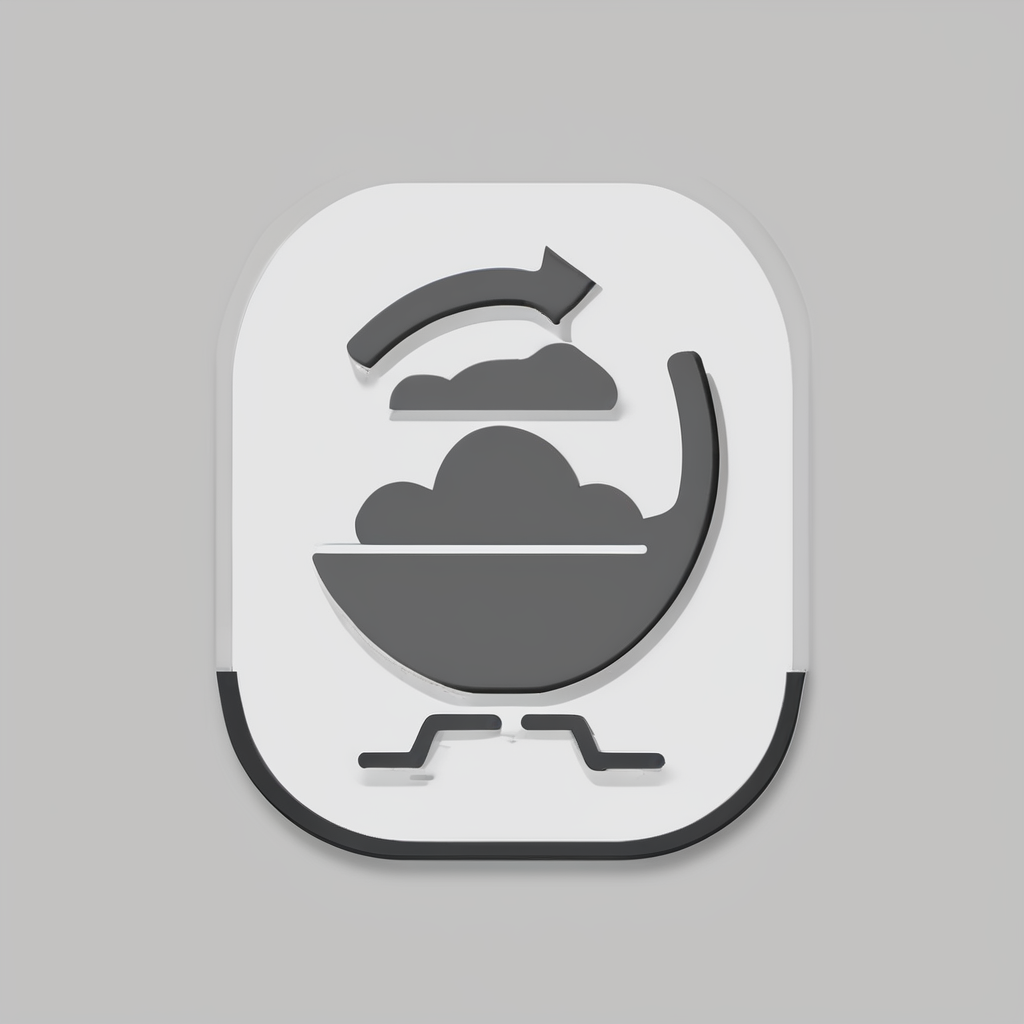What is Bubble and Squeak: Origins and Overview
Bubble and squeak is a traditional British dish with roots dating back to the 18th century. Originally, it was a clever way to utilize leftovers, primarily from Sunday roasts, by combining various vegetables and frying them together until they formed a crispy, golden cake. The name itself reflects the cooking sounds — the “bubble” from the frying and the “squeak” from the vegetables stirring in the pan.
Classically, bubble and squeak includes leftover cabbage and potatoes, but it can also incorporate carrots, peas, or Brussels sprouts, depending on what’s available. This dish exemplifies simplicity and resourcefulness, showing how simple ingredients transform into something hearty and satisfying.
In the same genre : What are the essential tips for crafting a traditional steak and kidney pie?
Over time, bubble and squeak has maintained its place in British cuisine as a beloved comfort food, often served for breakfast or as a side dish. The beauty lies in its flexibility: classic recipes vary by household, each adding their own twist, but the essence remains — a warm, crispy, pan-fried mixture that avoids waste and maximizes flavour from everyday ingredients.
This dish’s enduring popularity is a testament to its practicality and its nostalgic tie to British culinary traditions, making bubble and squeak more than just leftovers — it’s a staple part of cultural identity.
Also read : How do you achieve the perfect balance in a classic bread and butter pudding?
Best Leftover Vegetables and Essential Ingredients
When making a classic bubble and squeak, the choice of leftover vegetables is key. Traditionally, this dish highlights potatoes, cabbage, Brussels sprouts, carrots, and peas as staple ingredients. These vegetables not only bring texture and flavor but also ensure a well-balanced dish.
You might wonder, can you use other vegetables? Absolutely. Many cooks add or substitute with green beans, leeks, or even kale, depending on what’s available in your fridge. The flexibility in the ingredient list allows you to customize the dish to personal tastes and seasonal availability.
To elevate the flavor, certain essential pantry staples are crucial. Salt and freshly ground black pepper are non-negotiable for seasoning. Additionally, a knob of butter or a good splash of oil adds necessary richness during frying. Some prefer a pinch of nutmeg or a dash of mustard powder for subtle depth.
In summary, selecting ripe leftover vegetables combined with a mindful ingredient list ensures your bubble and squeak delivers satisfying, savory results every time. Remember, mixing and matching leftovers is part of the charm—and practicality—of this comforting dish.
Step-by-Step Preparation Guide
Mastering a bubble and squeak recipe starts with properly preparing and mashing your leftover vegetables. Begin by ensuring your vegetables are tender but not overly soft; this balance is crucial. Use a potato masher or fork to mash them lightly, leaving some texture intact for that characteristic bite.
Next, combine the mashed veggies with any add-ins like cooked potatoes or seasonings. This stage benefits from gentle mixing to evenly distribute flavors without turning the mixture into a paste. After achieving a consistent blend, form the mixture into flat, even-sized cakes—this helps them cook uniformly.
For the best texture in classic British cooking, consider these tips: avoid excessive moisture, as it can make the bubble and squeak soggy. If the mixture feels too wet, add a handful of breadcrumbs or a beaten egg as a binder. Preheat your pan to medium heat and use enough fat (like butter or oil) to create a golden, crispy crust. Cook each side for about 4-5 minutes until beautifully browned.
These step-by-step instructions ensure your bubble and squeak delivers the ideal contrast between crunchy exterior and soft interior—a hallmark of this beloved dish.
Cooking Bubble and Squeak to Perfection
Mastering pan-frying is essential for crispy bubble and squeak. Choose a heavy-bottomed skillet or cast-iron pan to retain even heat. Set the stovetop to medium heat—too high, and the outside burns before the center cooks; too low, and the dish becomes soggy.
Fry the mixture in a thin, compact layer to promote uniform crispiness. Once the edges look golden and the bottom feels firm—usually after about 8–10 minutes—it’s time to flip. Use a wide spatula to gently loosen and turn the bubble and squeak, minimizing breakage. If the pan is hot enough, it should release easily; if not, wait a little longer.
After flipping, cook for another 5–7 minutes until the second side is equally crispy and browned. Visual cues like sound (a satisfying sizzle) and texture (a crisp crust) signal that the dish is ready.
By following these stovetop tips, you’ll consistently achieve the elusive crispy bubble and squeak that’s golden, flavorful, and holds together without falling apart. This technique highlights both patience and precision, ensuring your pan-frying efforts yield the perfect dish every time.
Serving and Enjoying Bubble and Squeak
Bubble and squeak is traditionally served during breakfast or brunch, often paired with fried eggs to enhance its crispy, savory texture. This classic dish also complements a hearty dinner when accompanied by roasted meats such as ham or sausages. These meal accompaniments bring a balanced blend of protein and carbohydrates to the plate, making it a crowd-pleaser across various mealtimes.
For those seeking inventive ideas, bubble and squeak can be repurposed in numerous creative ways. Consider incorporating it into a breakfast hash by adding fresh herbs and spices, or use it as a base for a layered casserole with cheese and vegetables. Condiments like brown sauce or mustard add a tangy kick, highlighting the dish’s flavors without overpowering them.
Serving suggestions emphasize versatility—whether crisped in a pan or baked, bubble and squeak remains a hearty choice. By exploring popular pairings, such as meats and eggs, alongside innovative twists, you can enjoy this traditional dish beyond leftovers, enriching your culinary routine with satisfying taste and texture.
Storage and Reheating Tips
When storing leftovers of bubble and squeak, it’s essential to use airtight containers to maintain freshness and prevent contamination. Ideally, cool the dish to room temperature before placing it in the fridge. This method helps avoid condensation, which can make the texture soggy.
For reheating bubble and squeak, the best practice is to use a frying pan over medium heat. This approach crisps the exterior while warming the inside evenly, preserving the classic texture. Avoid microwave reheating if possible, as it often leads to a mushy consistency and uneven heating. If the microwave is the only option, cover the food lightly to retain moisture but reheat in short intervals to avoid overcooking.
Regarding food safety, cooked bubble and squeak can be stored safely in the refrigerator for up to 3 days. If freezing, wrap portions tightly in foil or plastic wrap and use within one month for optimal taste and safety. Always ensure thorough reheating to an internal temperature of 75°C (165°F) before consuming, as this kills any lingering bacteria.
By following these practical steps, you can enjoy your bubble and squeak leftovers with confidence—maintaining taste, texture, and safety.


